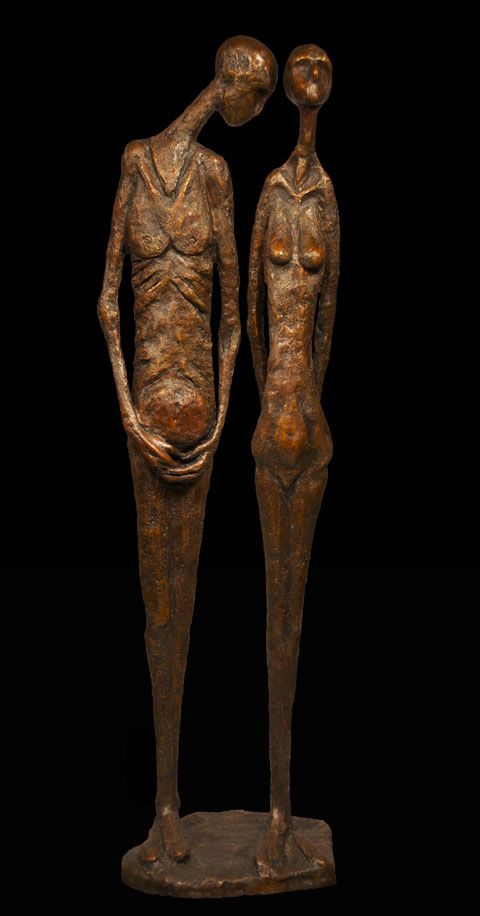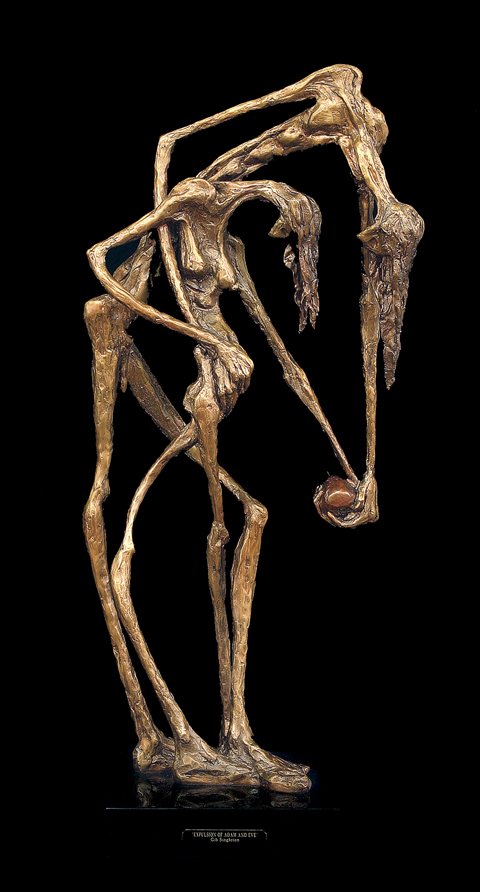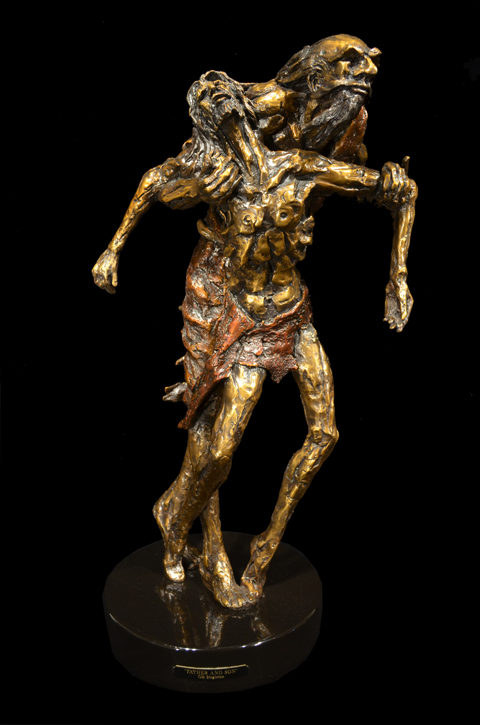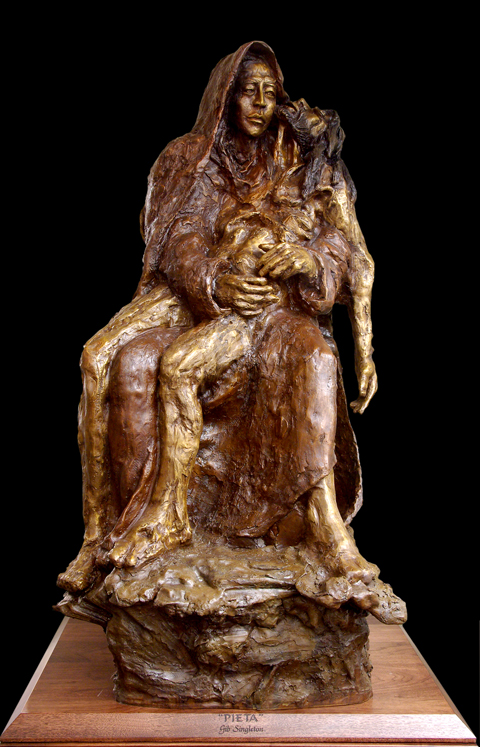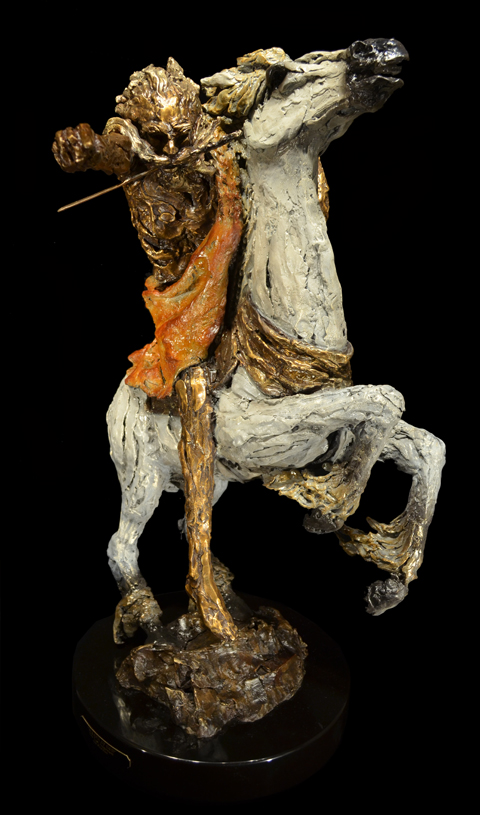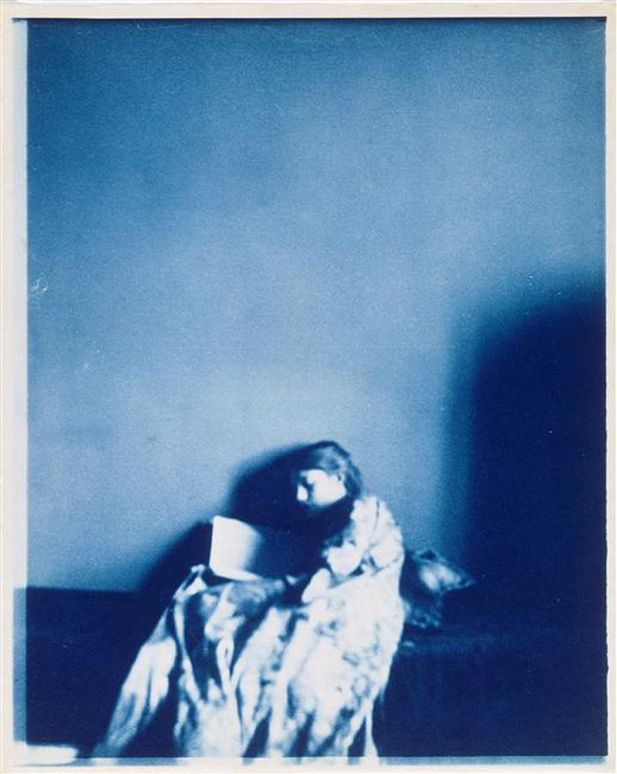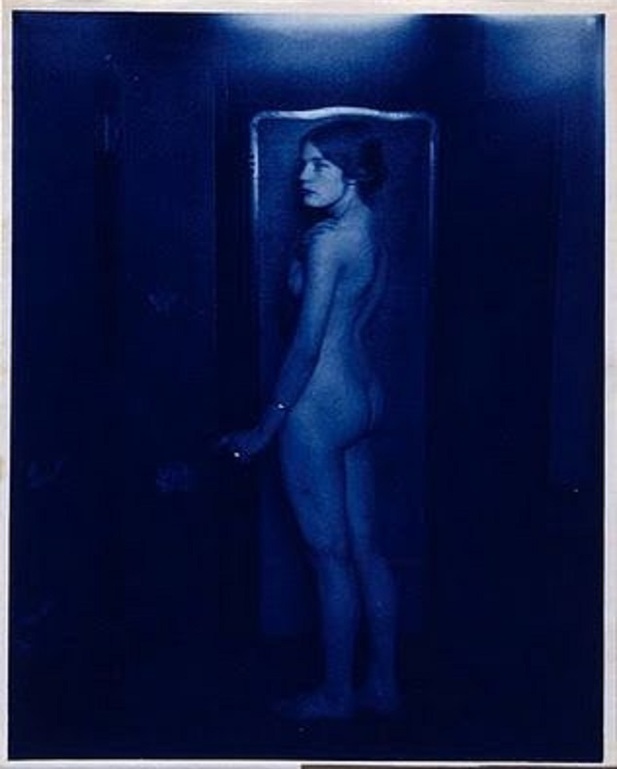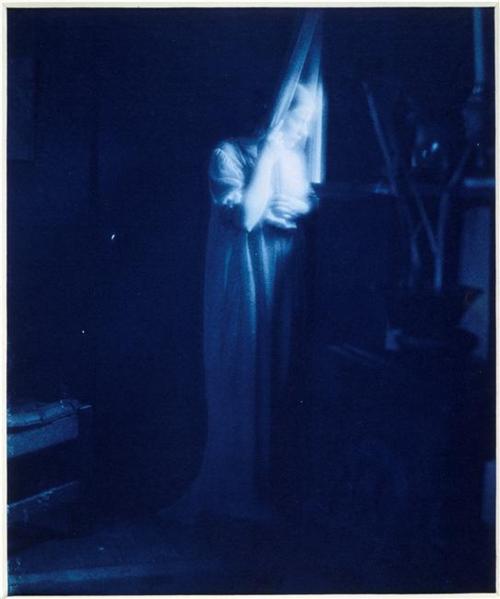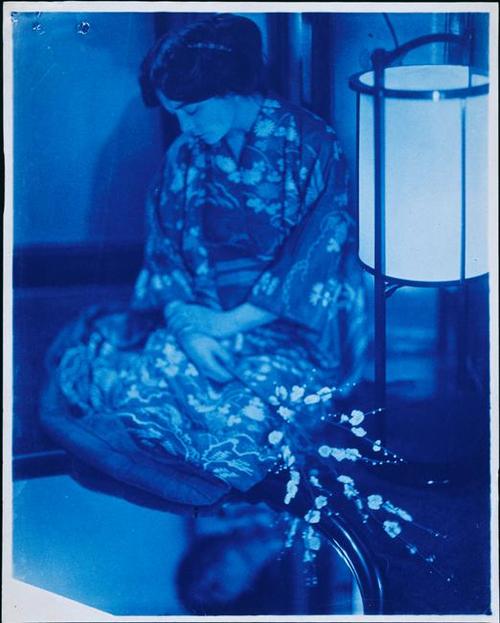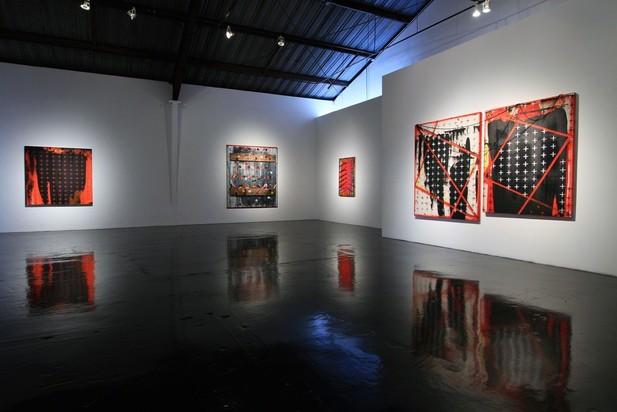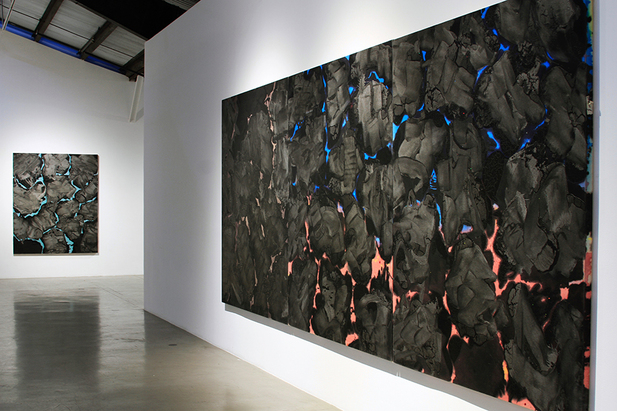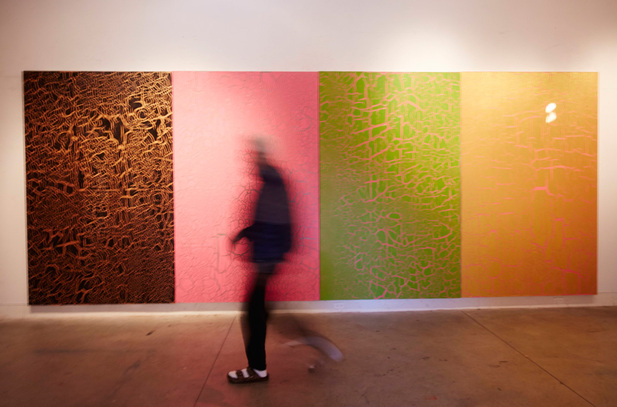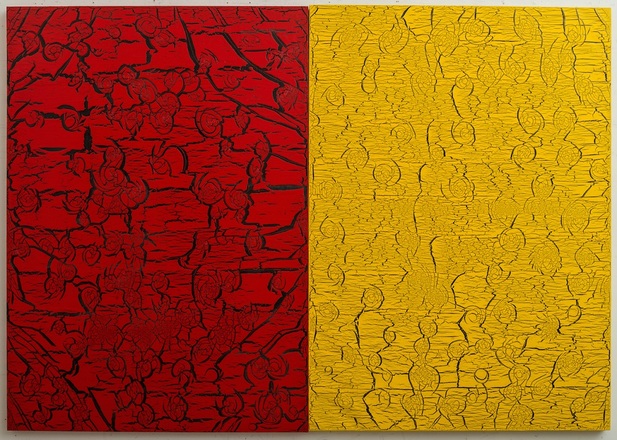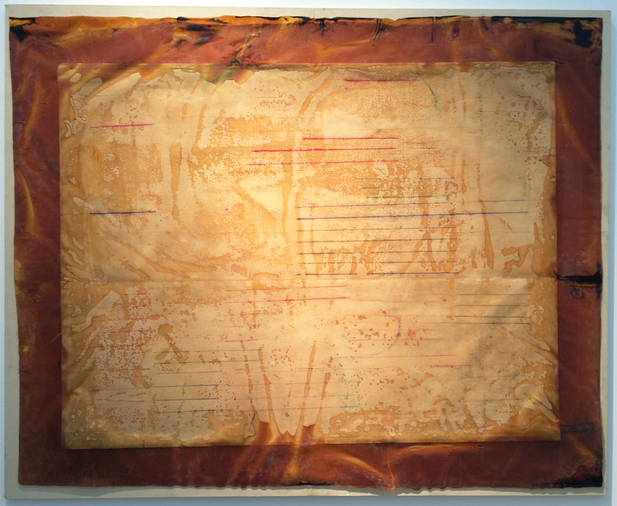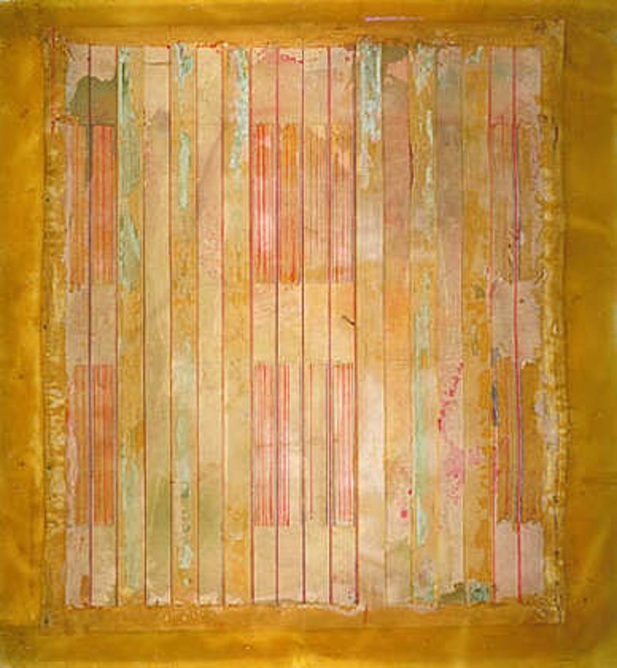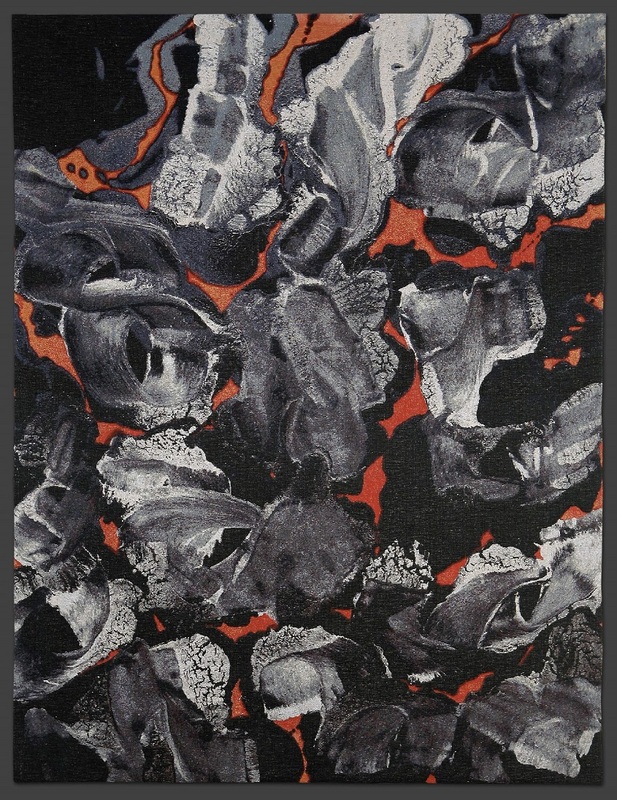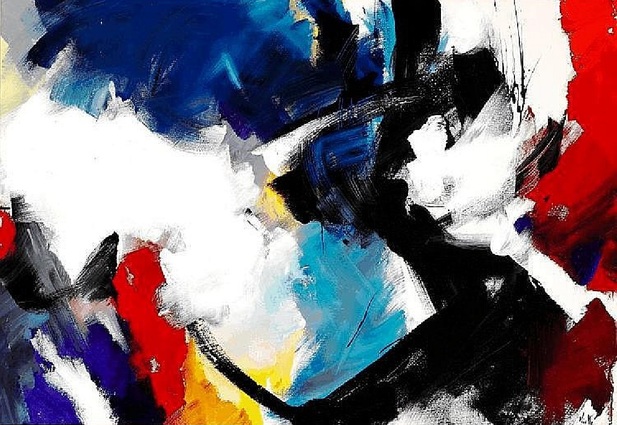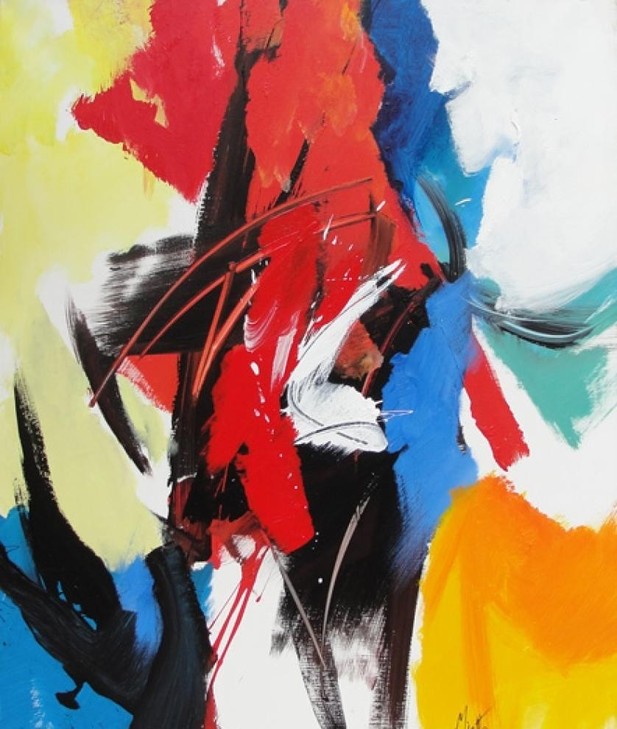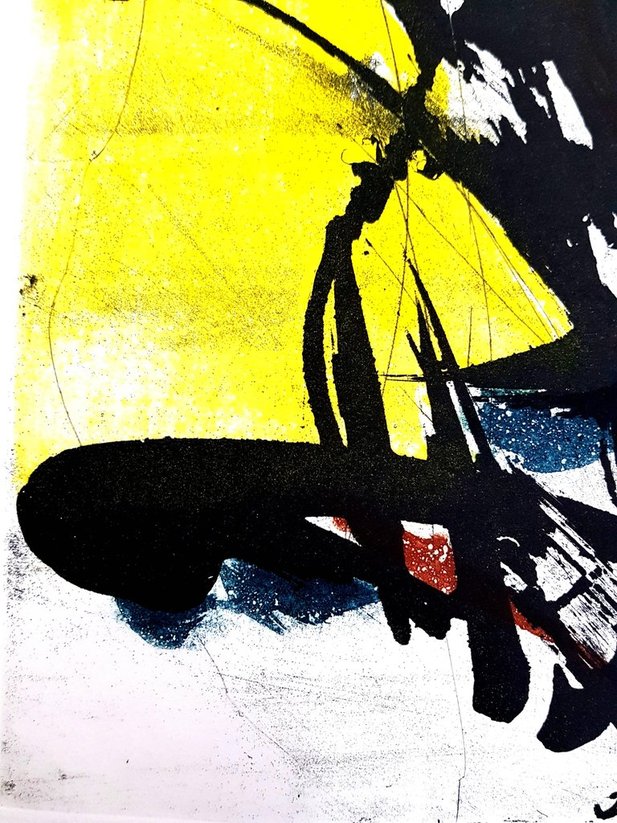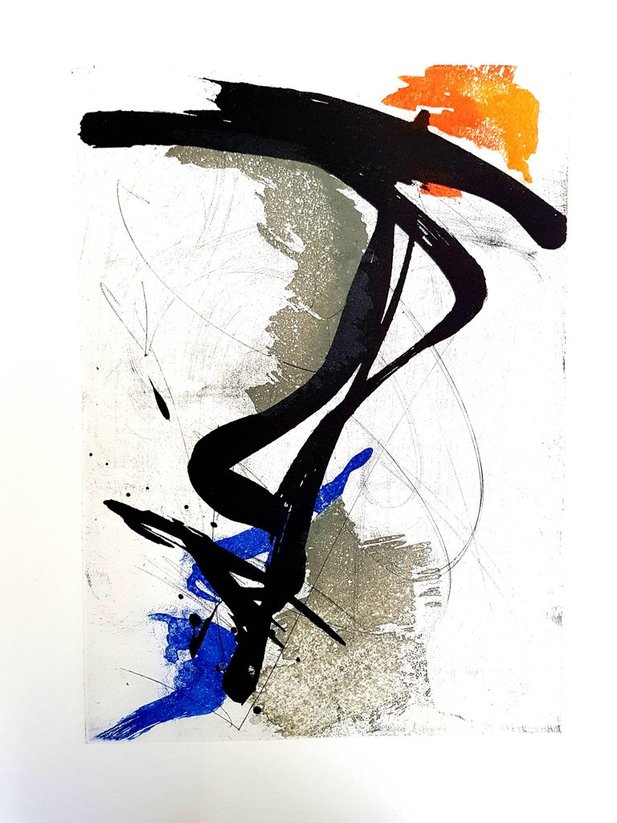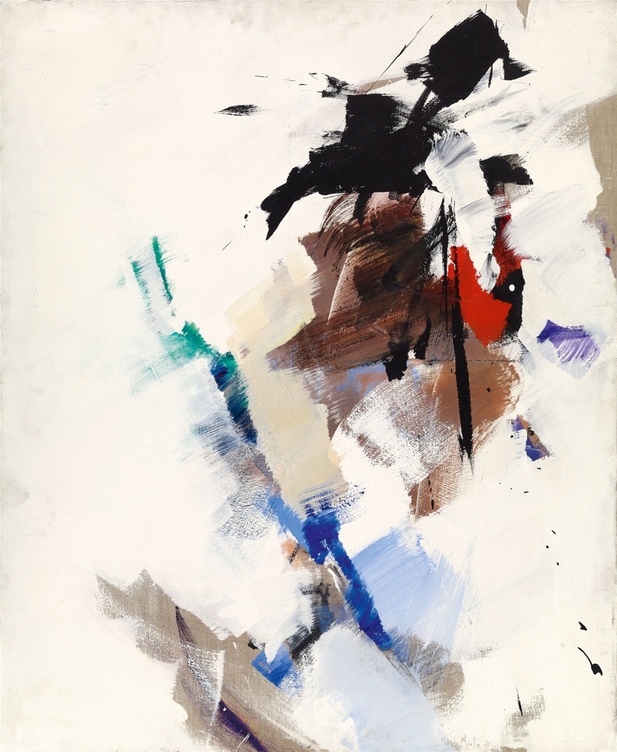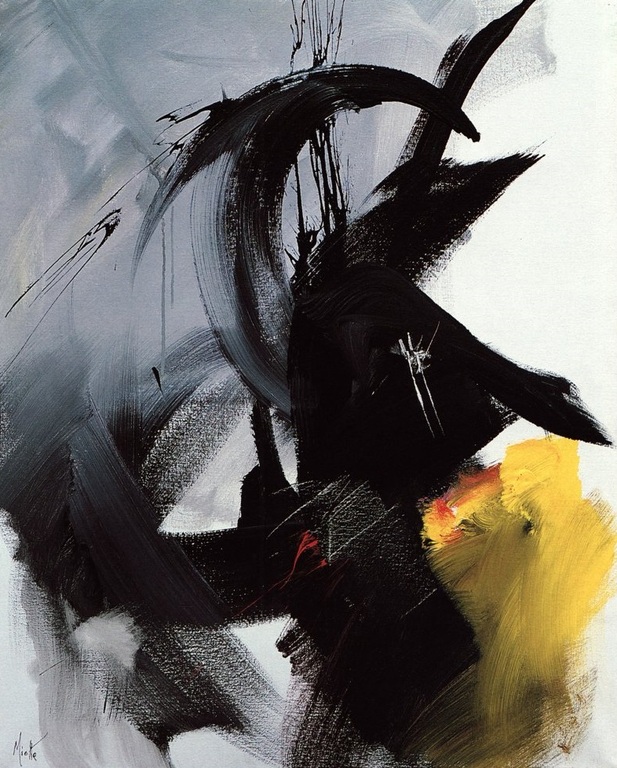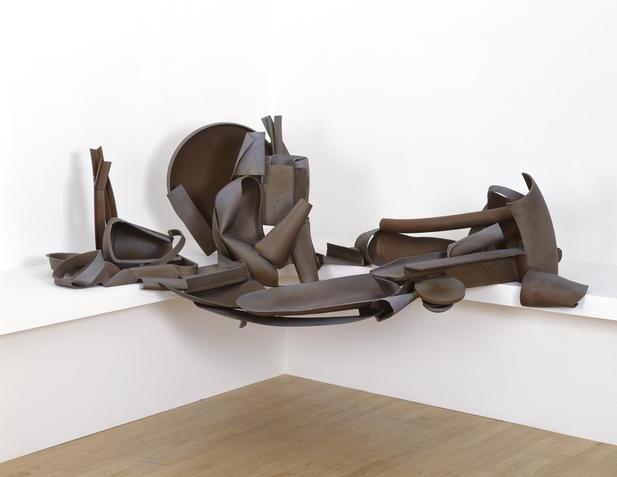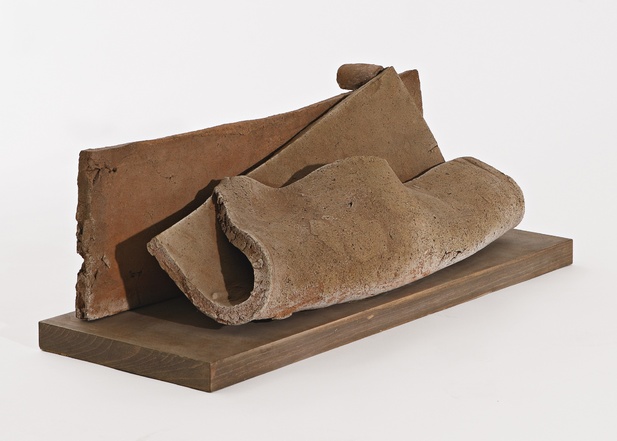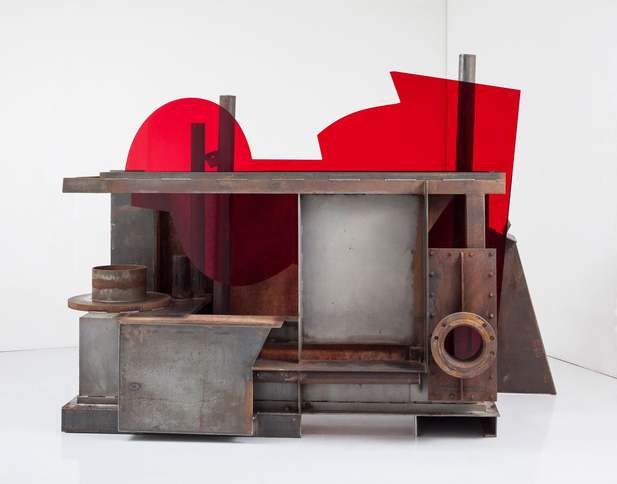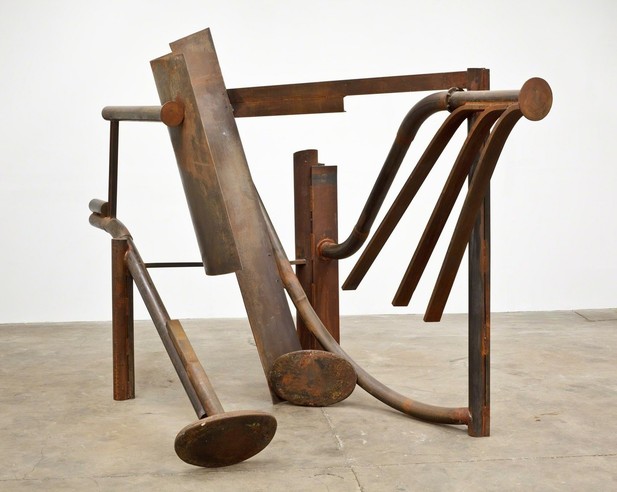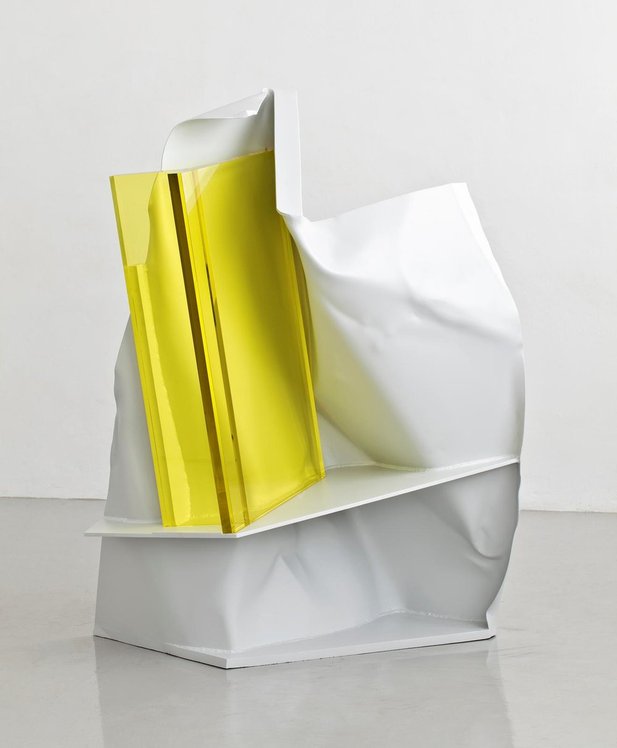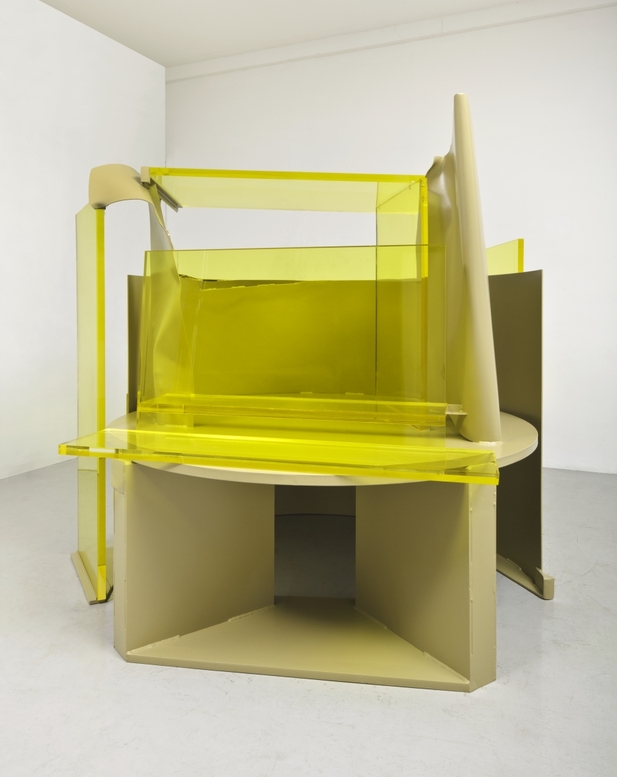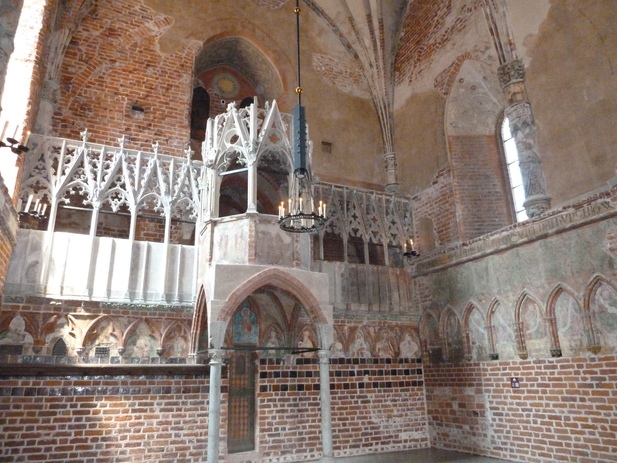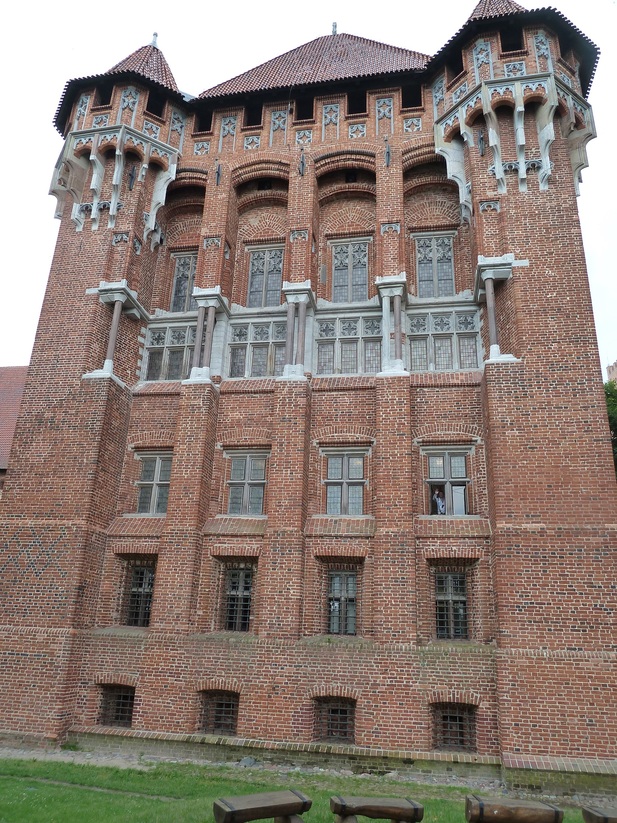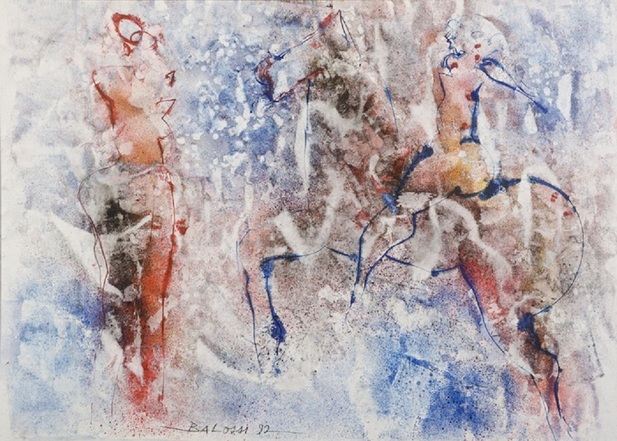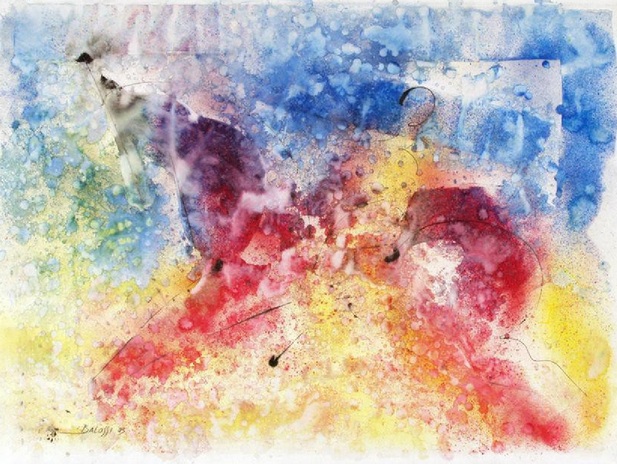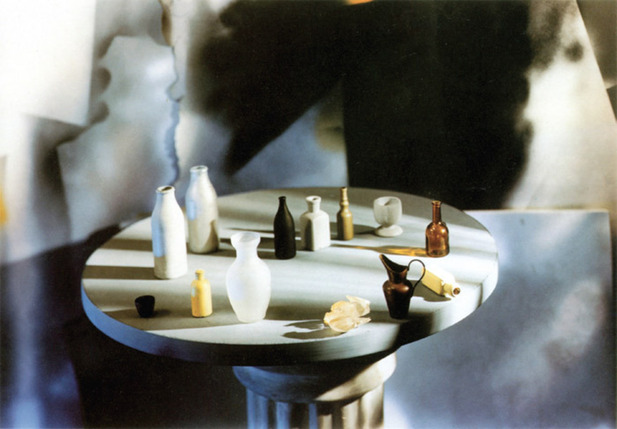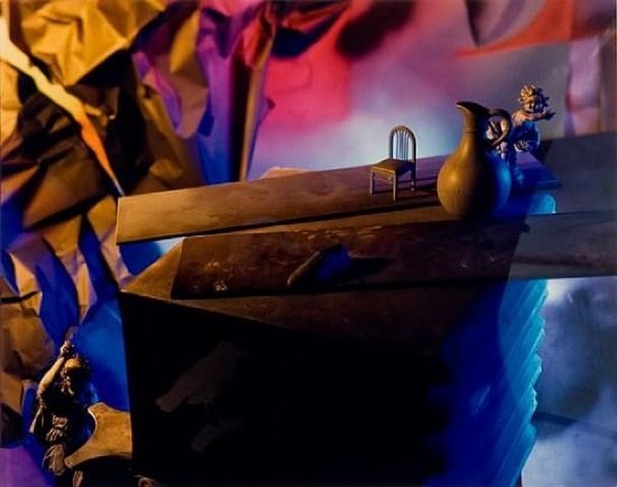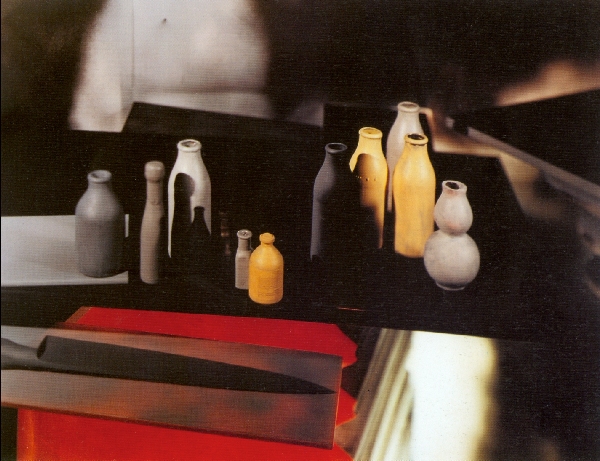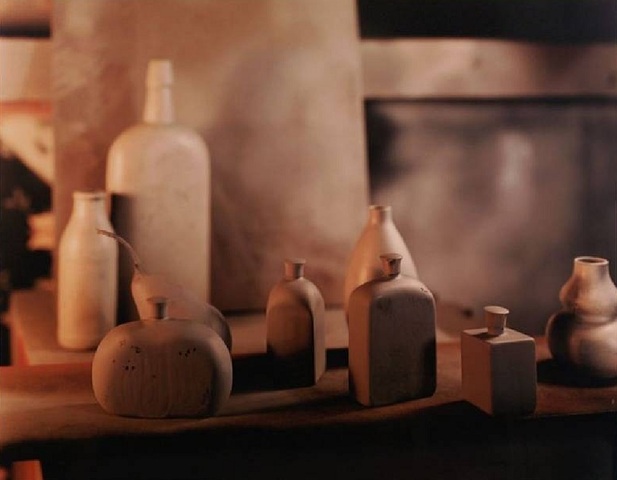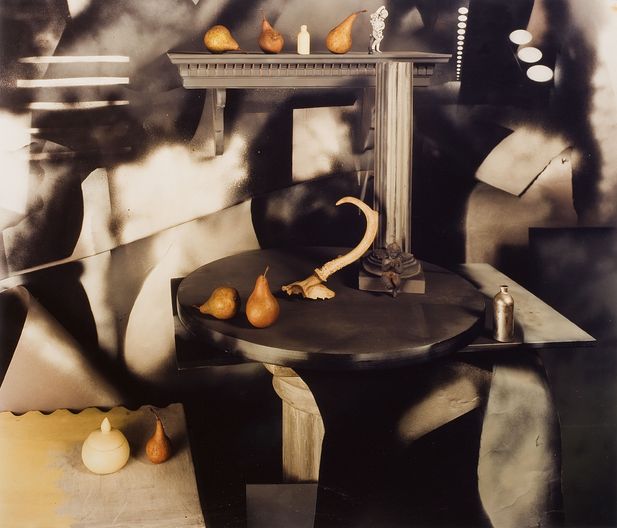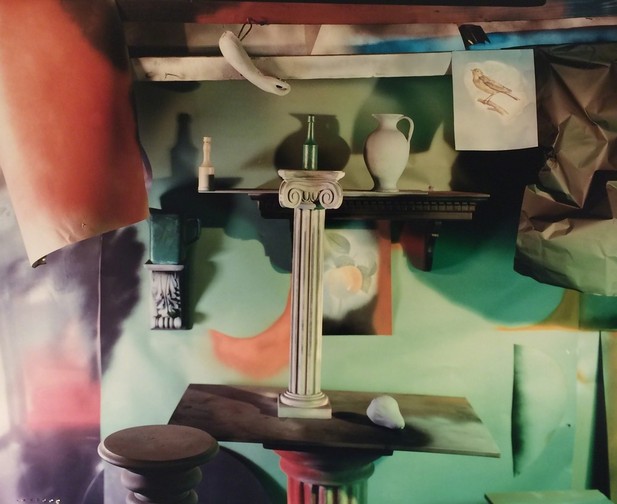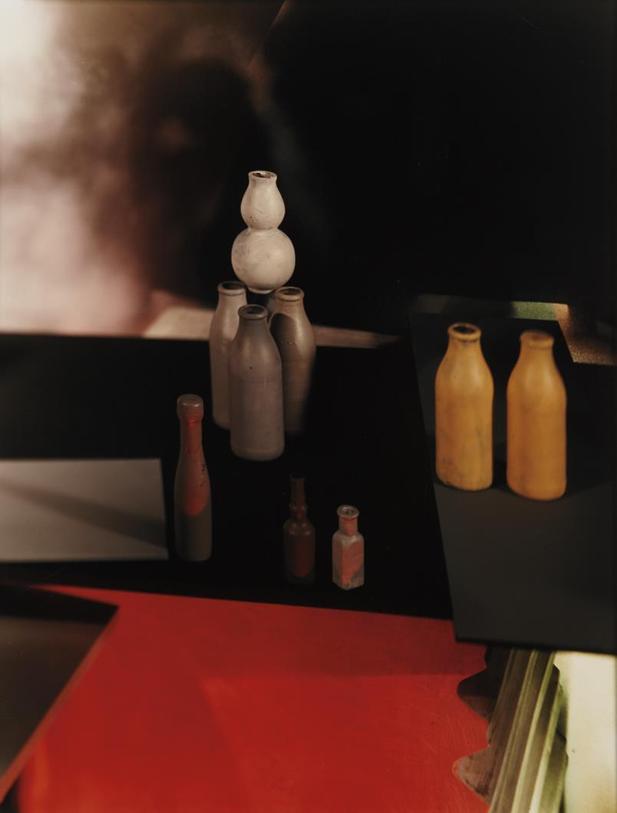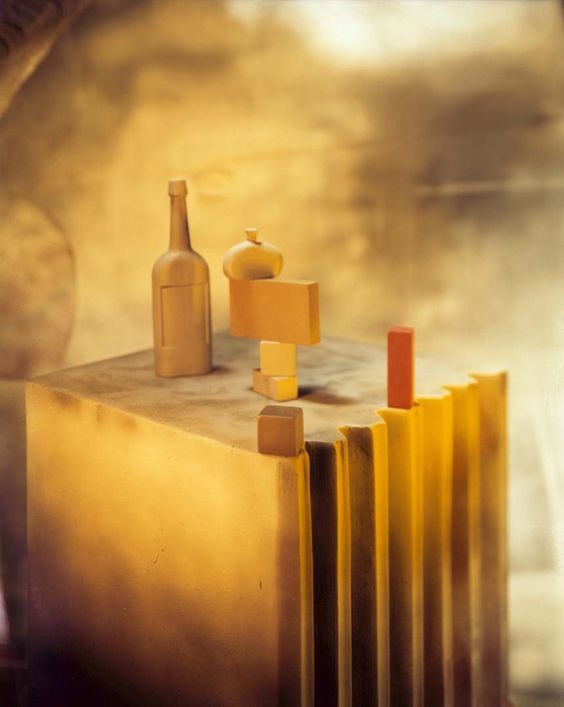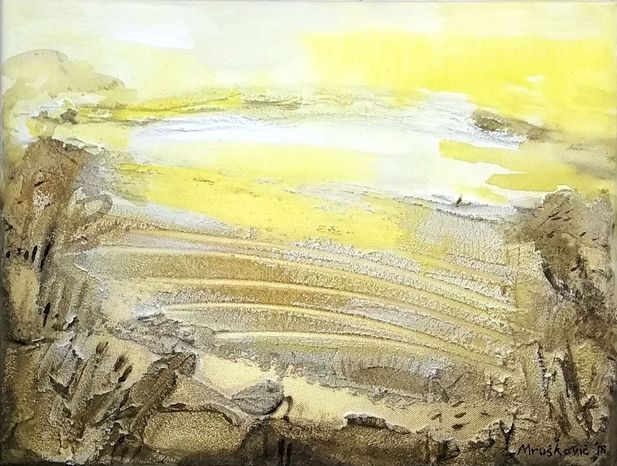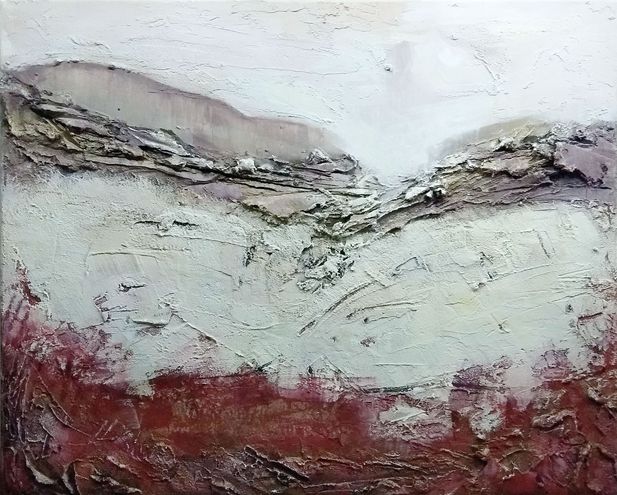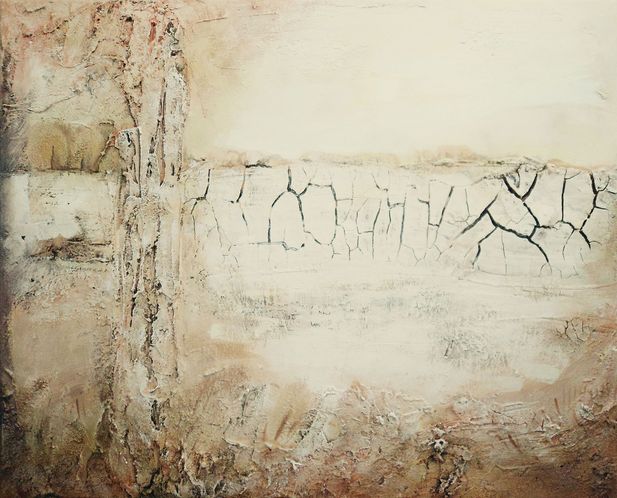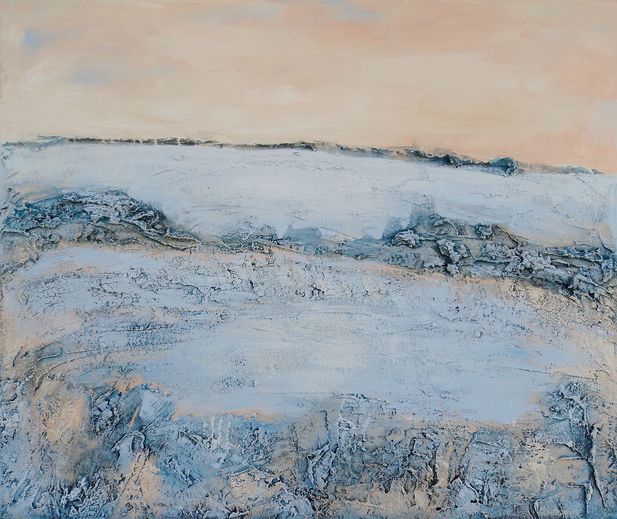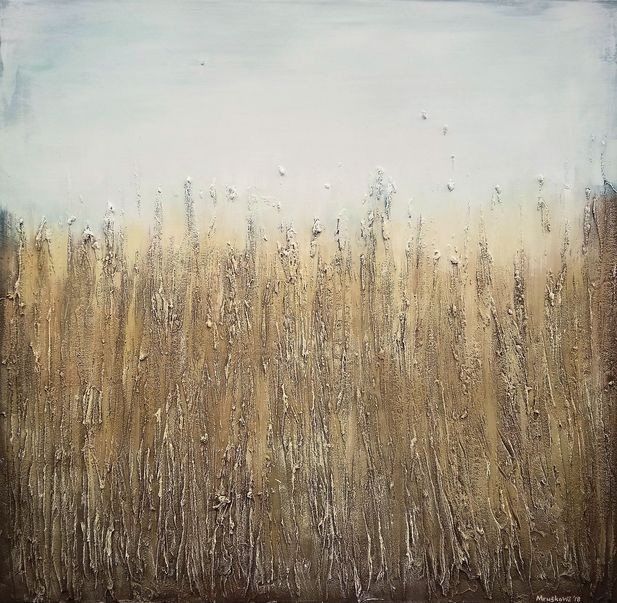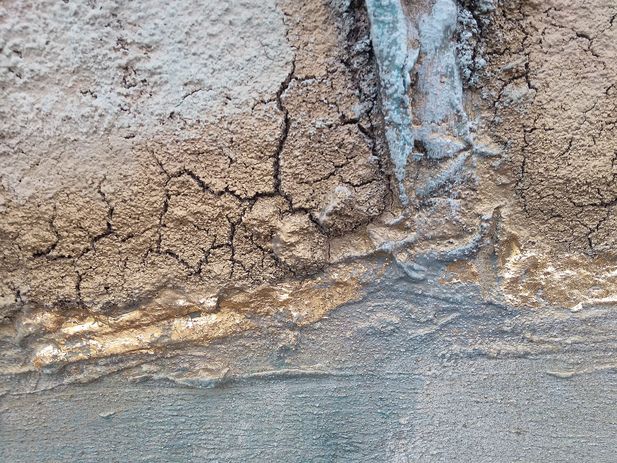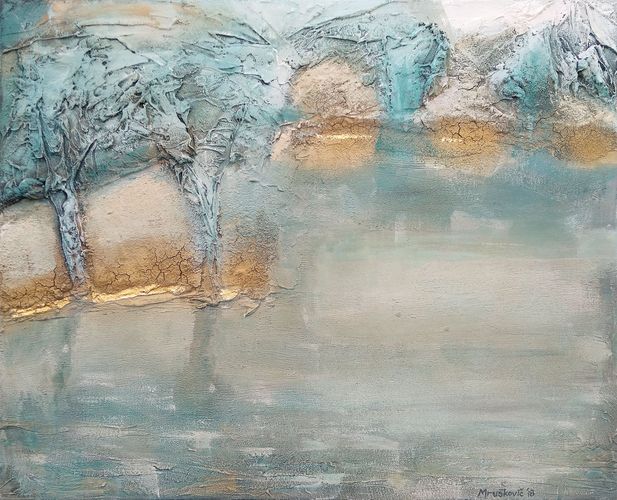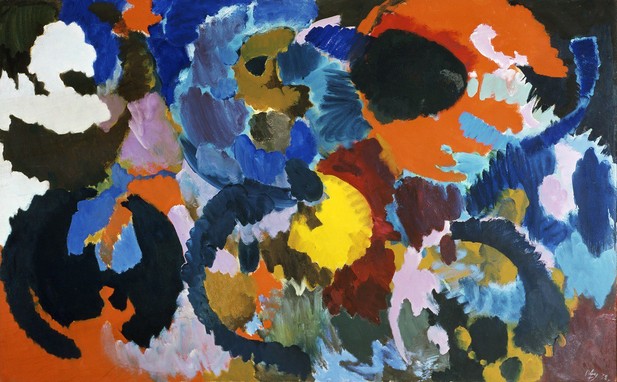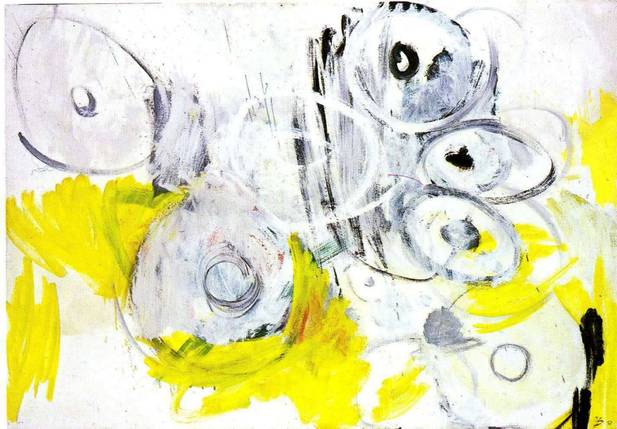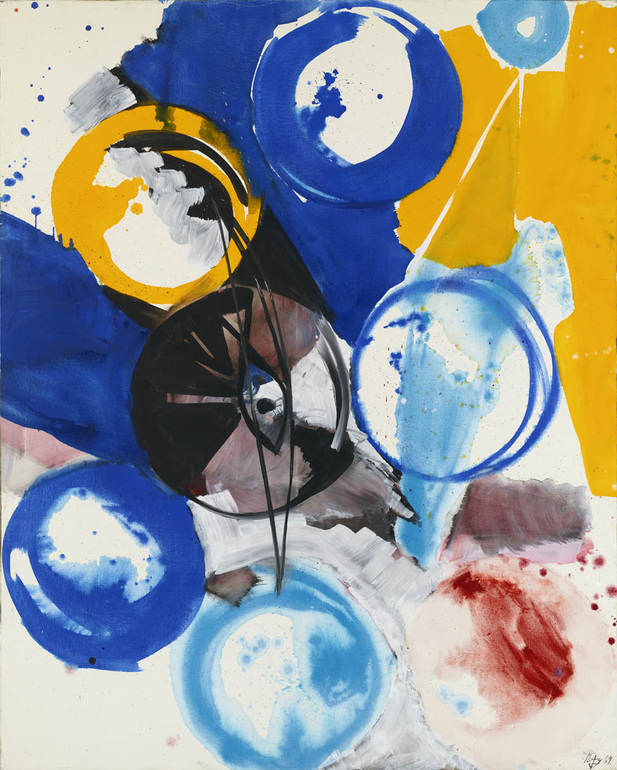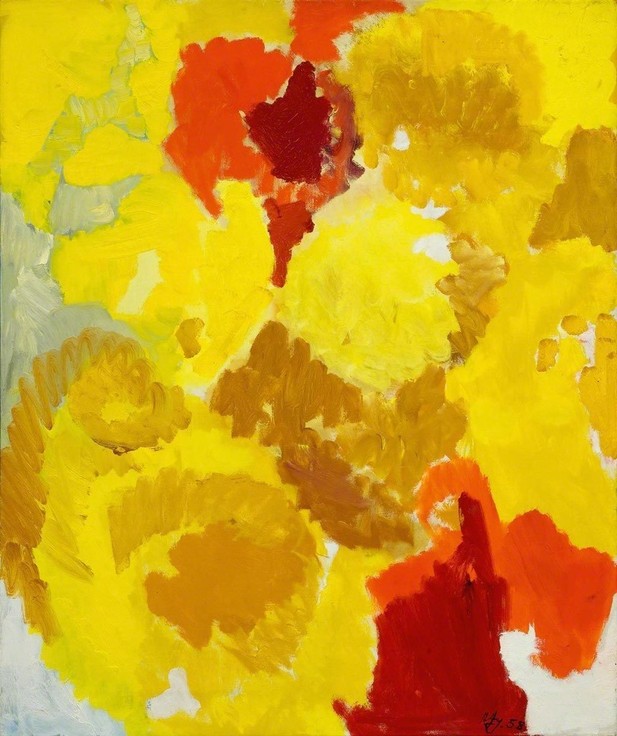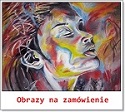Gilbert Jerome «Gib» Singleton (1935 – February 28, 2014) was an American sculptor. Classically trained, he is considered to be a modern master of bronze sculpture. His primary sources of subject matter are the Bible and the American Old Wes.Born Gilbert Singleton in Kennett, Missouri in 1936, he began developing his artistic abilities at an early age, using whatever materials were available to a young farm boy. He won his first art prize at the age of nine, taking a blue ribbon at the Dunklin County Fair. At age 16, he became interested in bronze and built his own foundry, using a cut down steel 55 gallon drum, a discarded vacuum cleaner, and trial and error.After graduating from high school, Singleton enlisted in the army. He then worked his way through college at Southern Illinois University Edwardsville (SIUE), graduating in 1967 with a Bachelor of Arts in art education. Upon graduating from SIUE, he won a full scholarship to the Art Institute of Chicago where his work earned him a Fulbright Scholarship. He used this to study the works of the Renaissance art masters at the Accademia di Belle Arti in Florence, Italy. While there, Jacqueline Kennedy Onassis requested that he assist with the restoration of flood damaged art in Florence.After being recruited by and working in the Vatican Workshop, where he assisted in the restoration of Michelangelo’s Pieta, Singleton returned to the U.S. to concentrate on his own work. He tells of selling his work on the streets of New York, sleeping on the Connecticut beaches, and often going hungry while developing the unique style that he has termed, «emotional realism». He then became head of the sculpture department at Fairfield University in Fairfield, Connecticut. During this time, he visited the Frederic Remington Art Museum in Ogdensburg, New York. Singleton had been developing his own western style since boyhood, and the works of Remington convinced him to move to Santa Fe, New Mexico and create western art.
The work of Singleton, along with that of painter Earl Biss, encouraged a group of collectors of their art to develop the Singleton-Biss Museum of Fine Art in Santa Fe, to share their joint collection of the works of «contemporary American visual artists.» The museum opened to the public in 2008.Singleton died at his home at Santa Fe, New Mexico on February 28, 2014.
More

